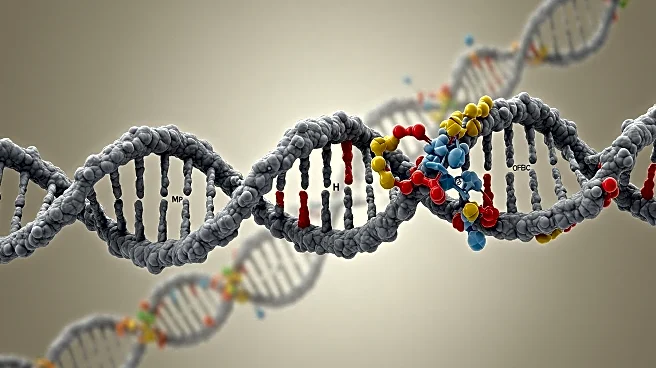What's Happening?
Researchers from the University of Osaka have developed a cryo-optical microscopy technique that allows for high-resolution snapshots of dynamic cellular activity. This technique involves rapidly freezing live cells to capture fast cellular events with unprecedented temporal accuracy. The method overcomes the challenge of balancing temporal resolution with the photon budget, which often results in dim and noisy images. By freezing the scene, researchers can observe intricate cellular details that are otherwise lost. This innovation provides a new tool for life-science and medical research, offering insights into dynamic biological processes.
Why It's Important?
The development of cryo-optical microscopy represents a significant advancement in the field of cellular biology. It allows researchers to study cellular processes with greater precision, potentially leading to breakthroughs in understanding diseases and developing new treatments. This technique could revolutionize how scientists approach the study of fast cellular dynamics, providing a clearer picture of cellular functions and interactions. The ability to capture detailed snapshots of cellular events can enhance research in various fields, including neuroscience, cancer research, and drug development.











